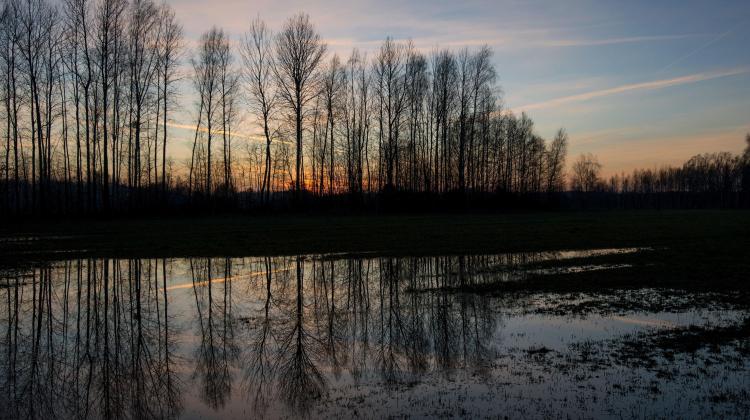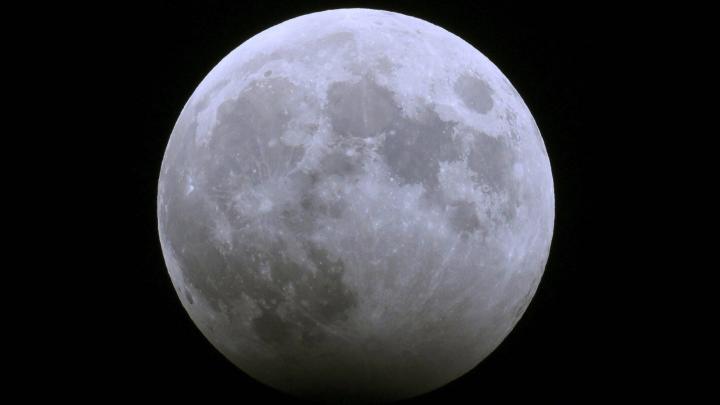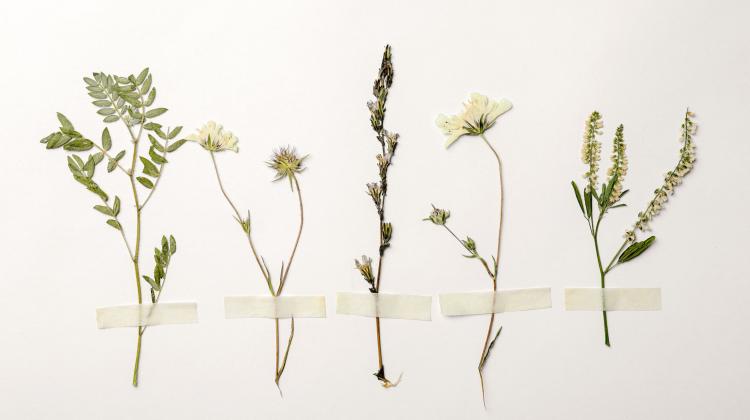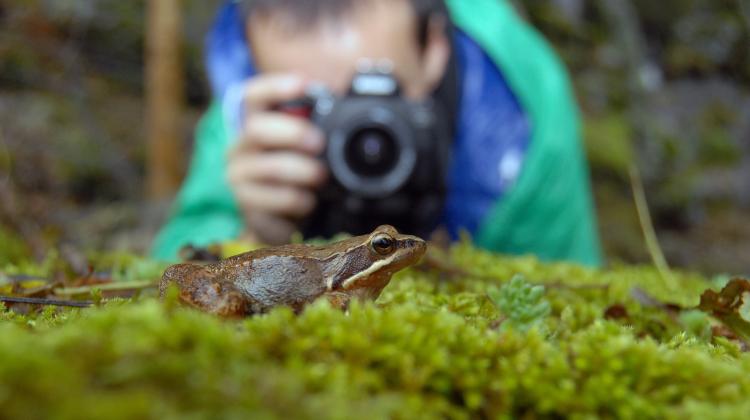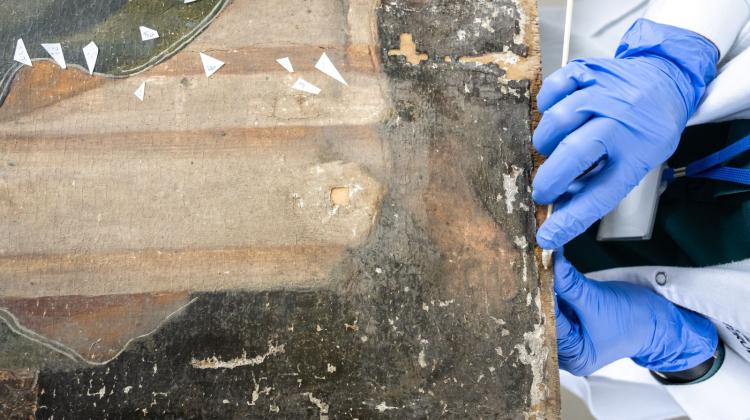Poznań prof reveals holiday habits of birds
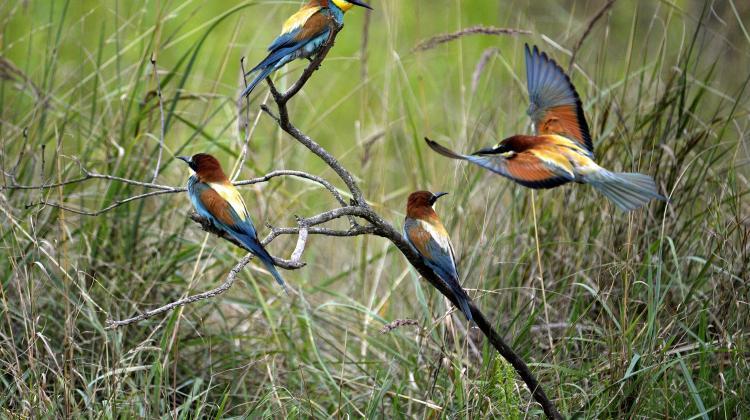 Laszki (Subcarpathian Province), 26/07/2015. European bee-eaters (Merops apiaster). Credit: PAP/Darek Delmanowicz
Laszki (Subcarpathian Province), 26/07/2015. European bee-eaters (Merops apiaster). Credit: PAP/Darek Delmanowicz
What birds do during the summer holidays has been revealed by a leading zoologist.
During the hot summer we see them less often, they become secretive, shy, silent.
Professor Piotr Tryjanowski from the Institute of Zoology at the University of Life Sciences in Poznań said that one of the reasons we see fewer birds I the summer is because they are resting from mating.
From March, larks chirp whilst flying to lure females. But during the summer, they have to repair their feathers and voices, while other species have their own problems, including heat that is harder to bear than cold.
He said: “Males no longer fight for territories, so singing and frequent flights from place to place have become unnecessary. With the chicks grown up, bird parents now have time to rest. One could even say - a well-deserved vacation.”
Research shows that each bird species has a slightly different way of spending the holiday months. Species such as the white stork or the red-backed shrike which are still raising chicks will continue to carry out their parental duties until mid-August.
According to Tryjanowski, the lark is a fascinating example of a bird which is entitled to a well-deserved vacation. Singing whilst flying over meadows and fields from mid-March to the end of June for several hours a day, is an extremely tiring way of luring a mate.
The professor compares this to running up the stairs in a tower building while singing opera arias. That is why in the summer the lark becomes silent, secretive and begins moulting, an annual replacement of feathers.
Tryjanowski said: “Some birds of prey, for example harriers, are learning to hunt with their parents. Summer holidays for them are like a sports camp: improving fitness and new adventures. In mid-July, Charadriiformes (waders or sandpipers) can already be spotted on the shores of water bodies and in flooded meadows.
“They just went north in May and now they are already coming back south. With only two short, intense months in the Arctic and a return to wintering grounds their life is constantly on the run, or rather in flight.”
With the thermophilic species (bee-eater, swift, white stork) setting off for Africa at the end of August, the Poznań prof says the best time to catch a glimpse of them is now.
He said: “We are very lucky that the summer is just beginning, and if anyone wants to watch birds now, it is best to help nature.
“For example, prepare a watering tray, a flat water-filled tray with a stone, and as soon as the rainy weather ends, this place will be perfect.”
PAP - Science in Poland
kol/ agt/ kap/
tr. RL
Przed dodaniem komentarza prosimy o zapoznanie z Regulaminem forum serwisu Nauka w Polsce.




